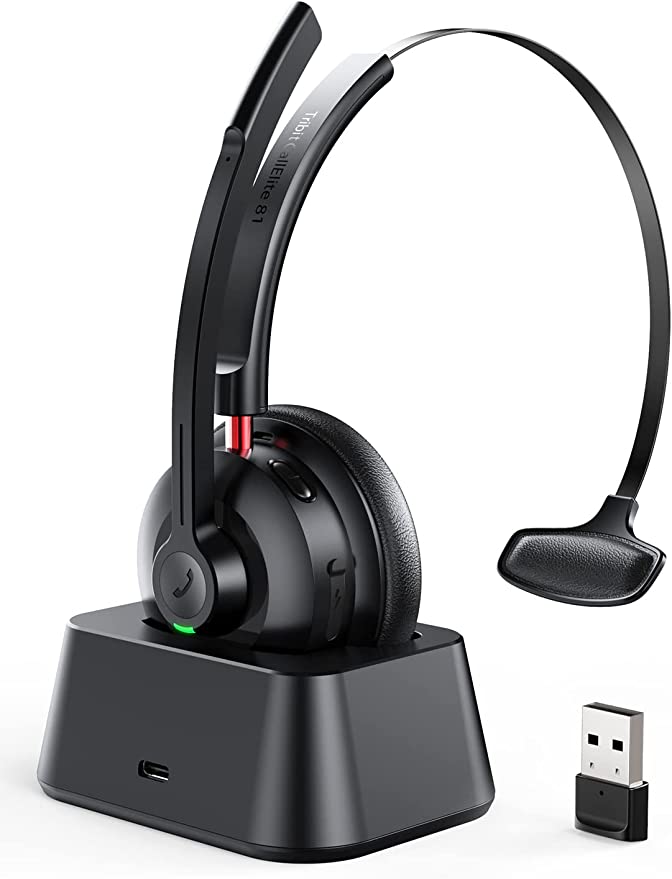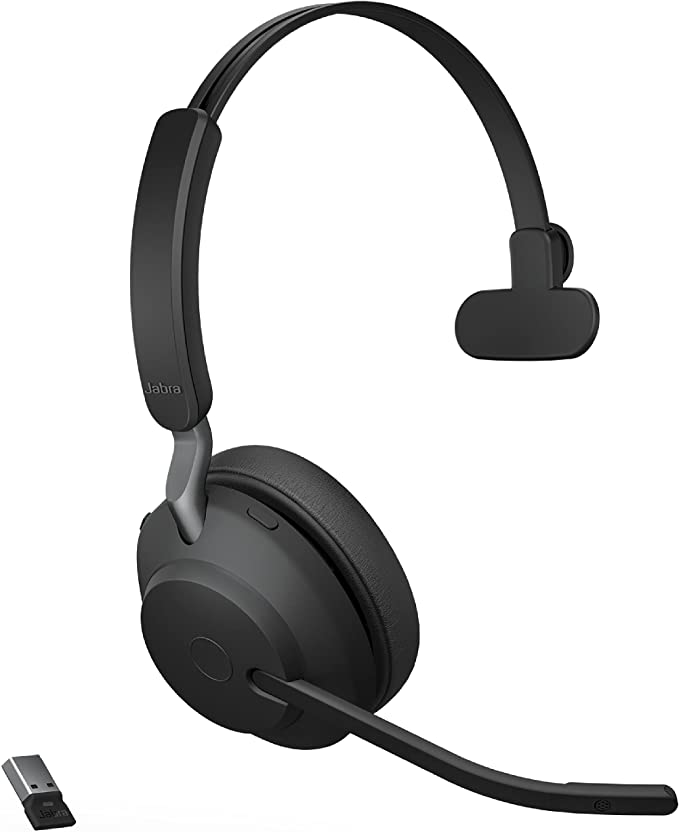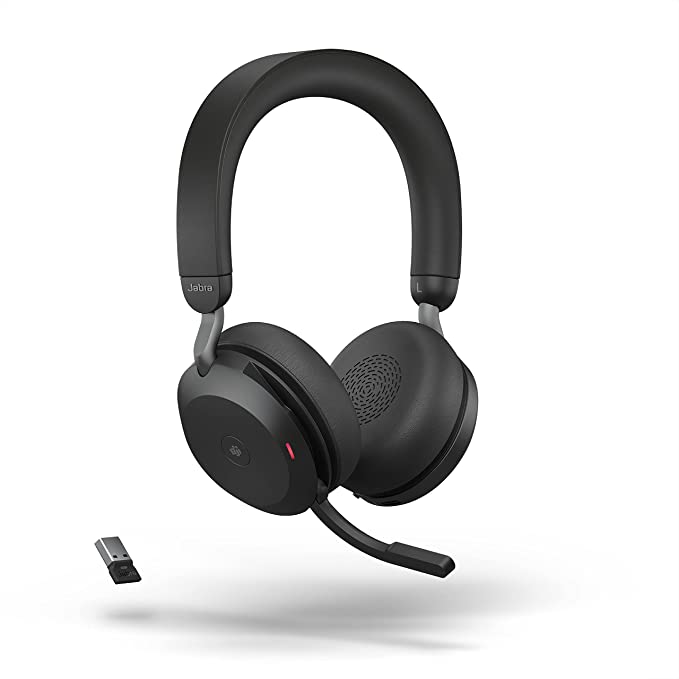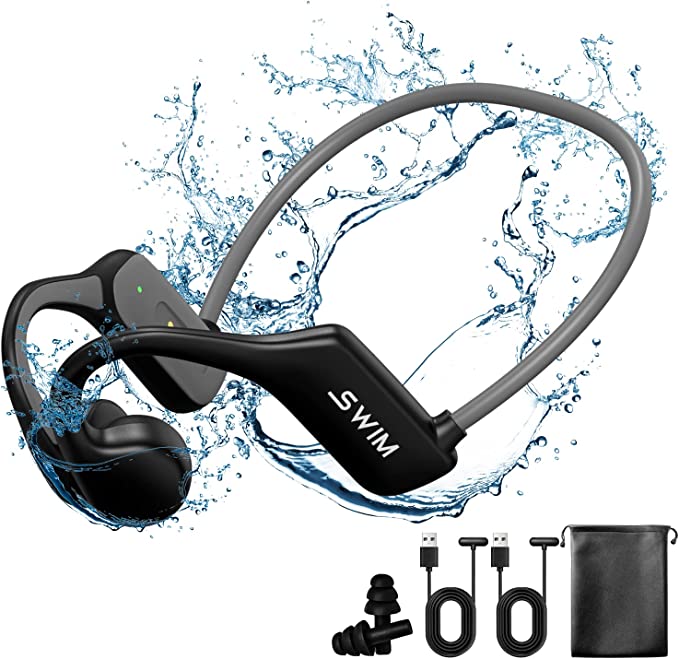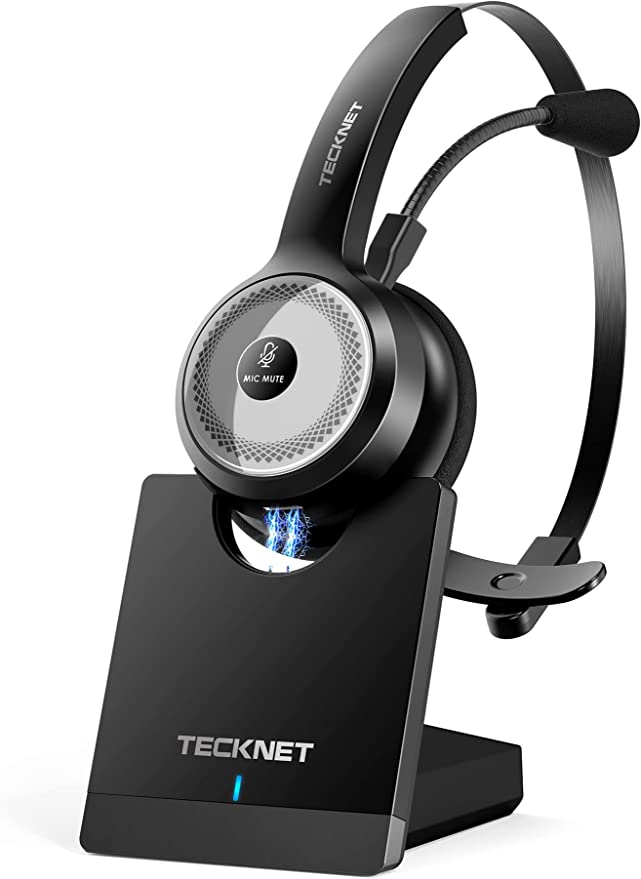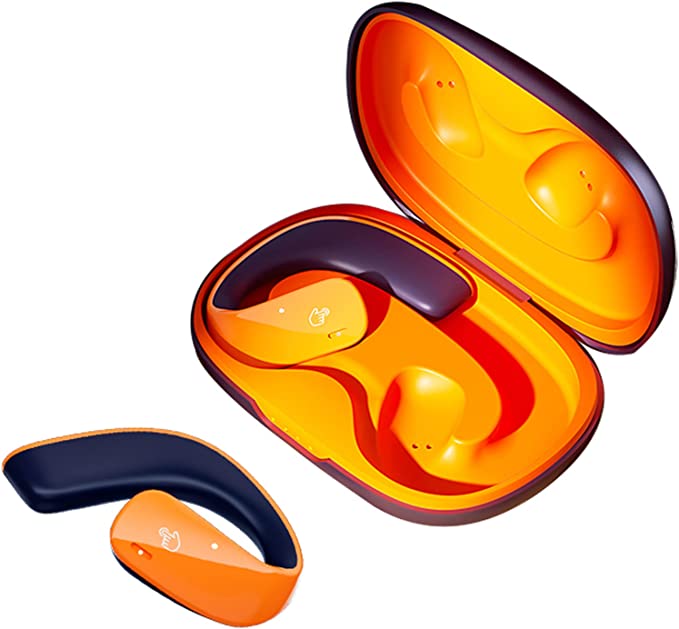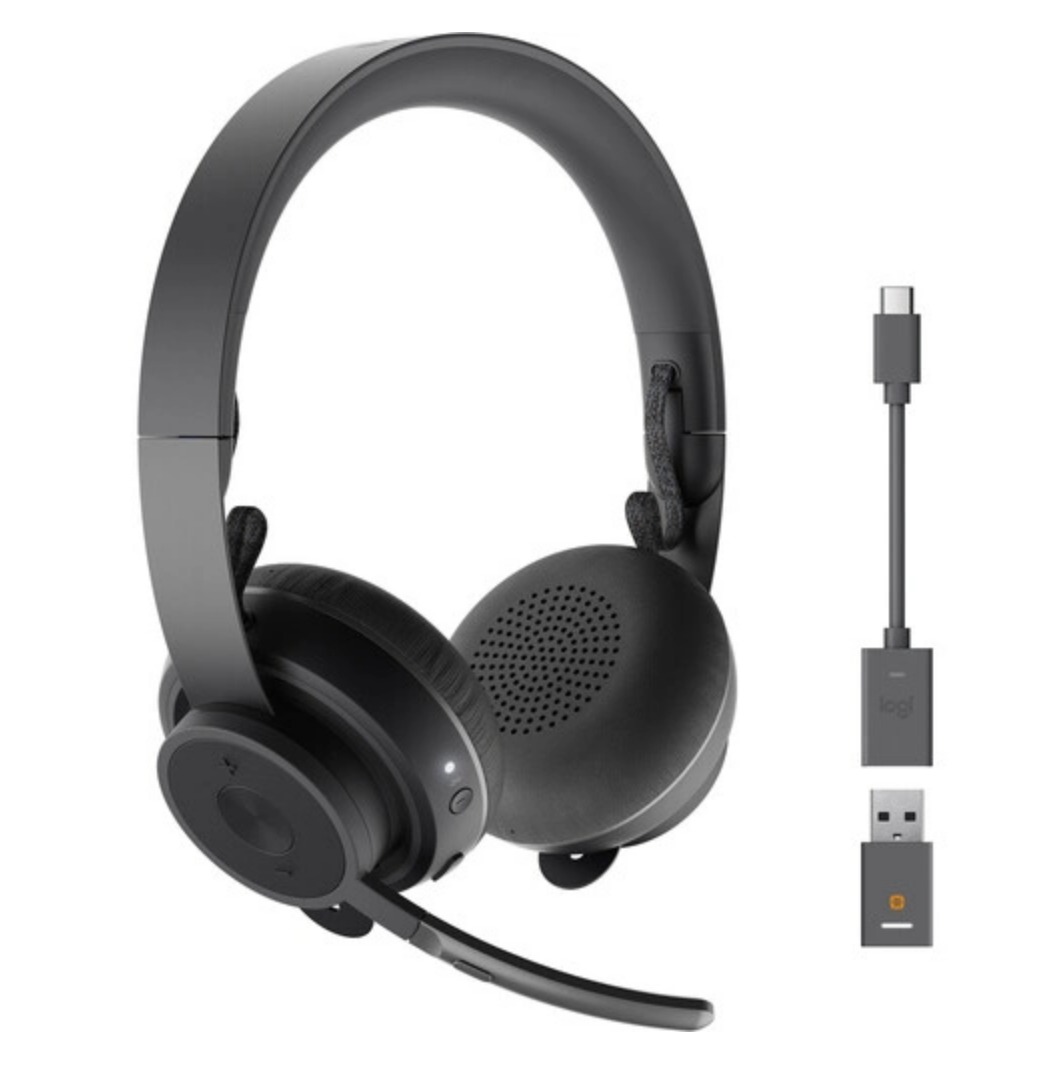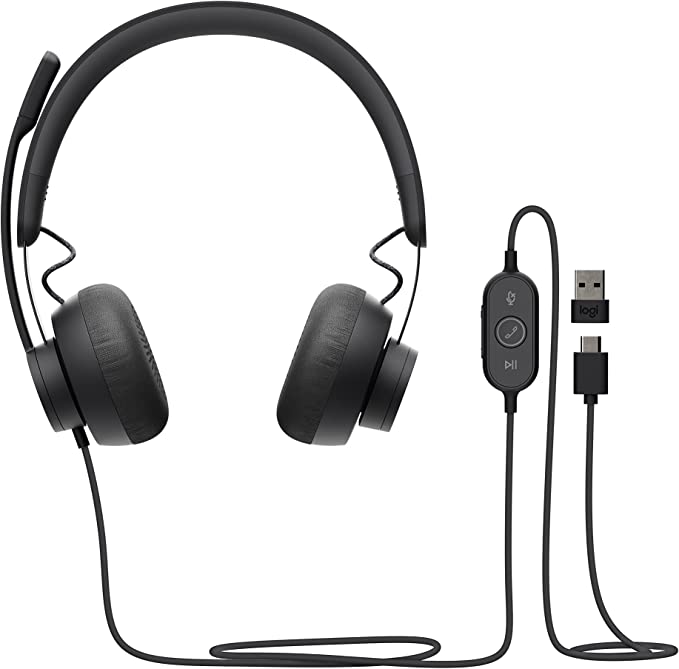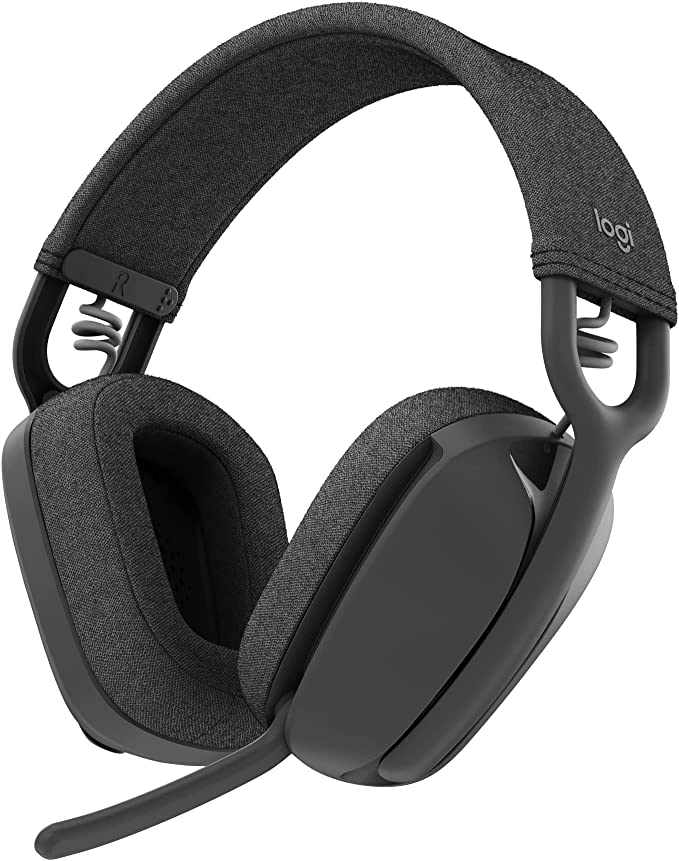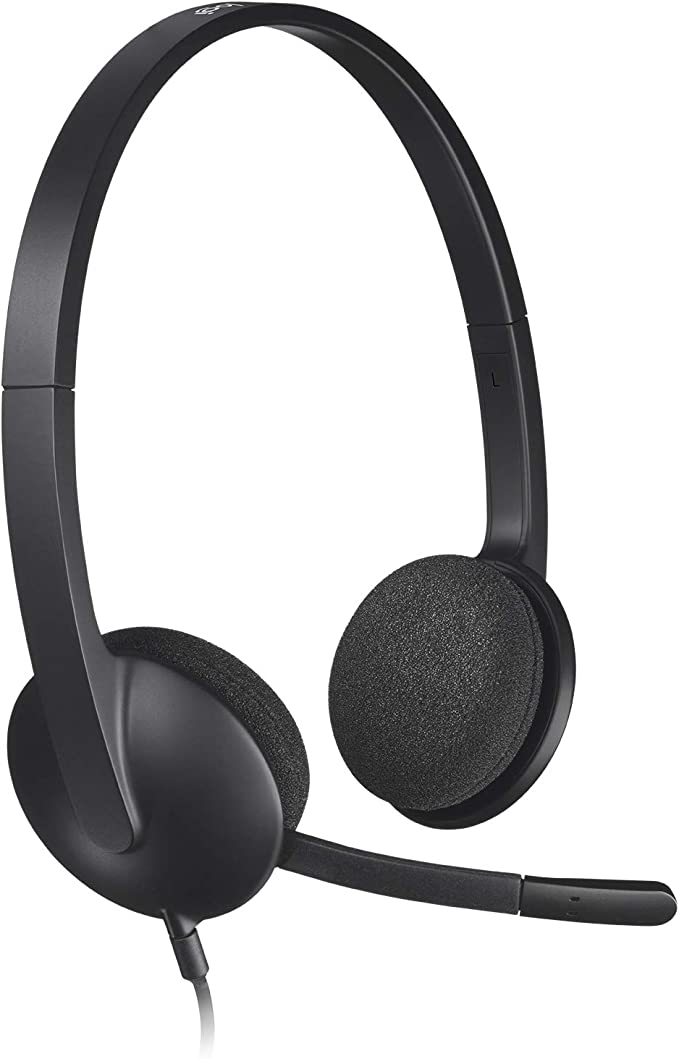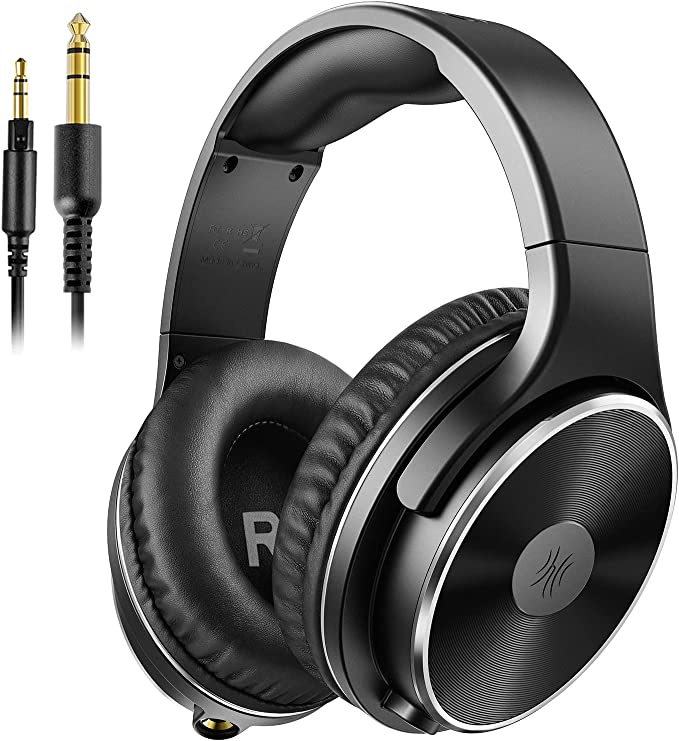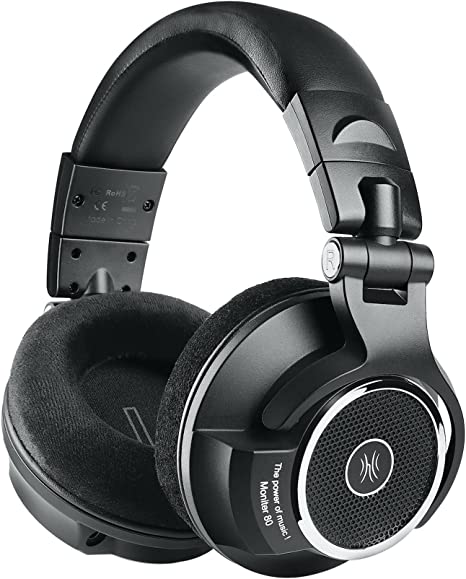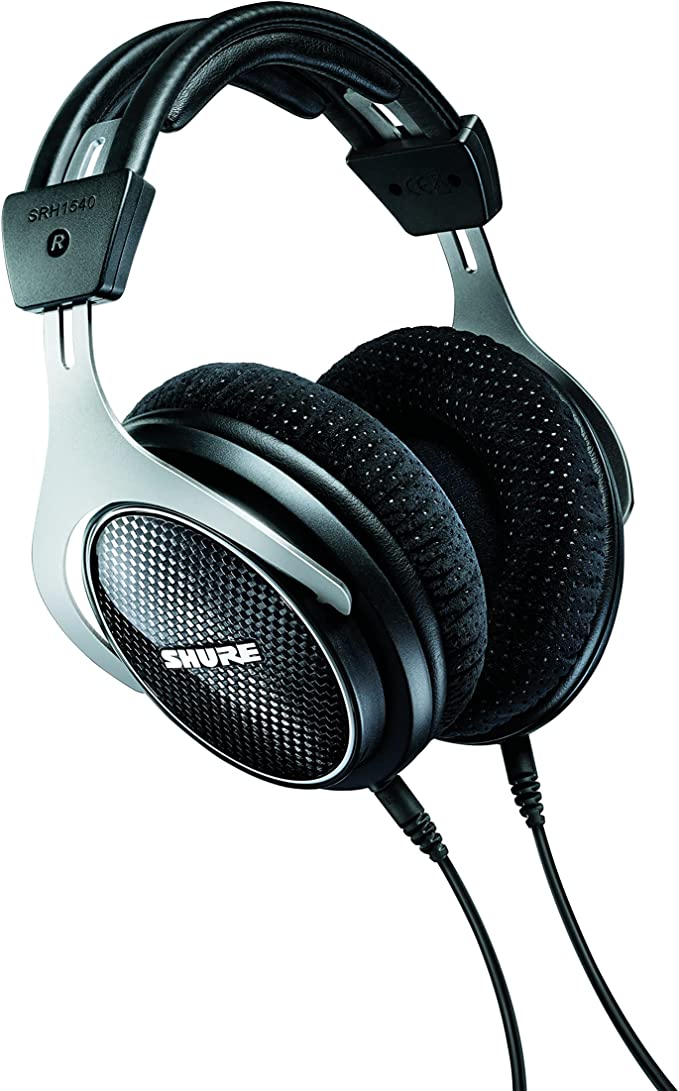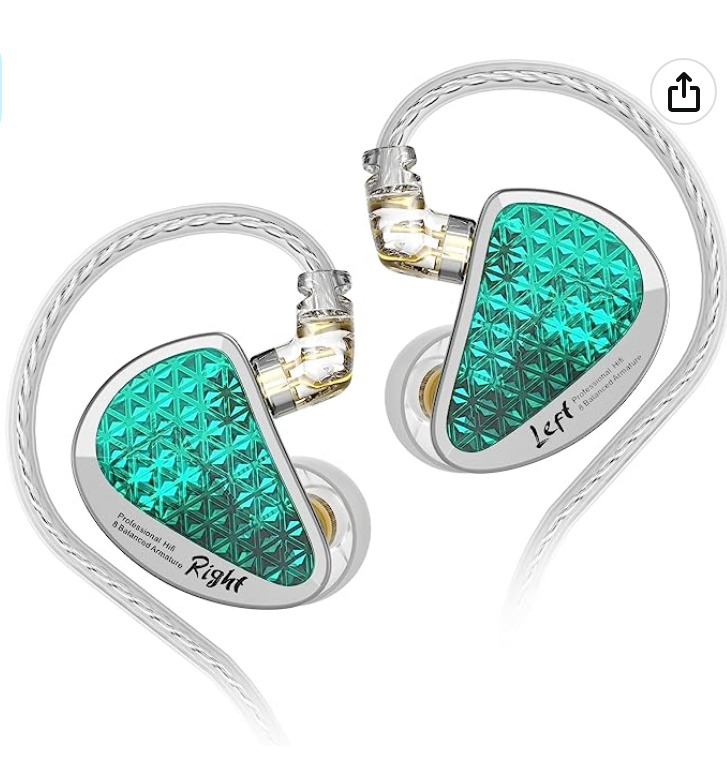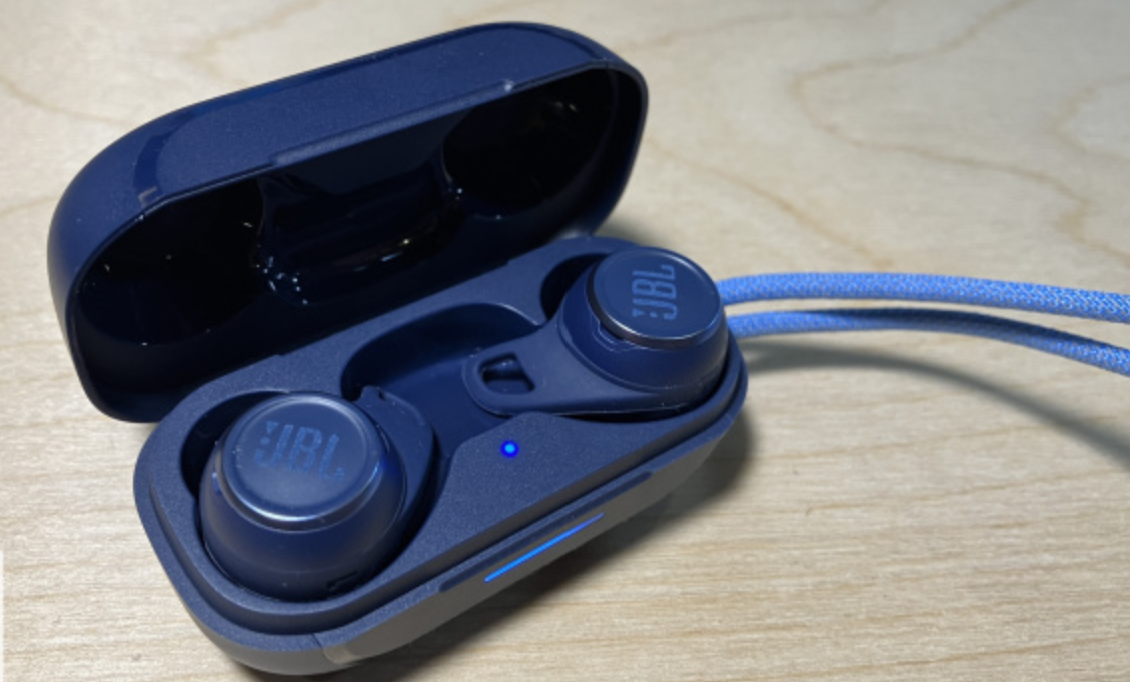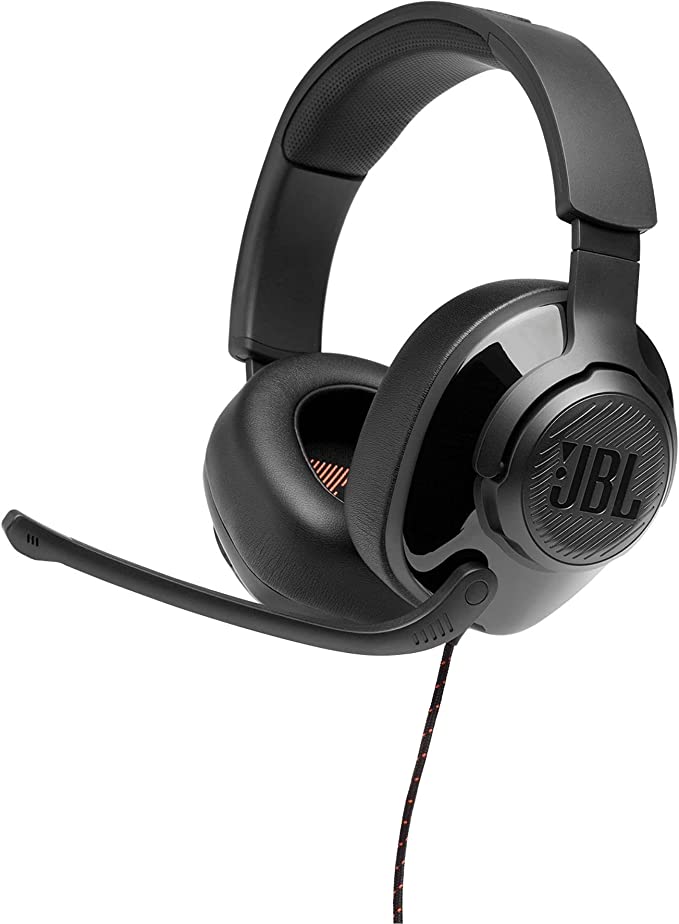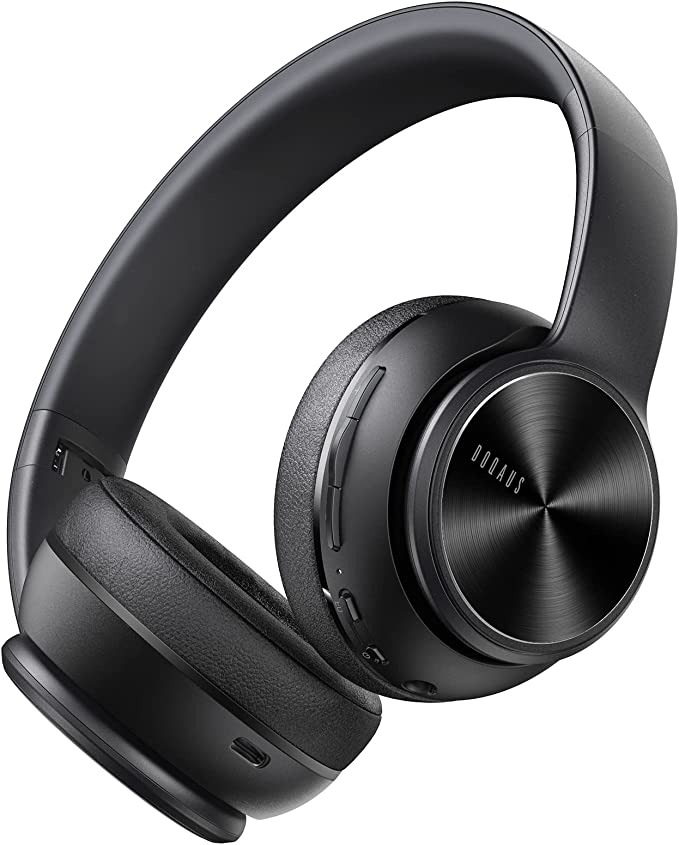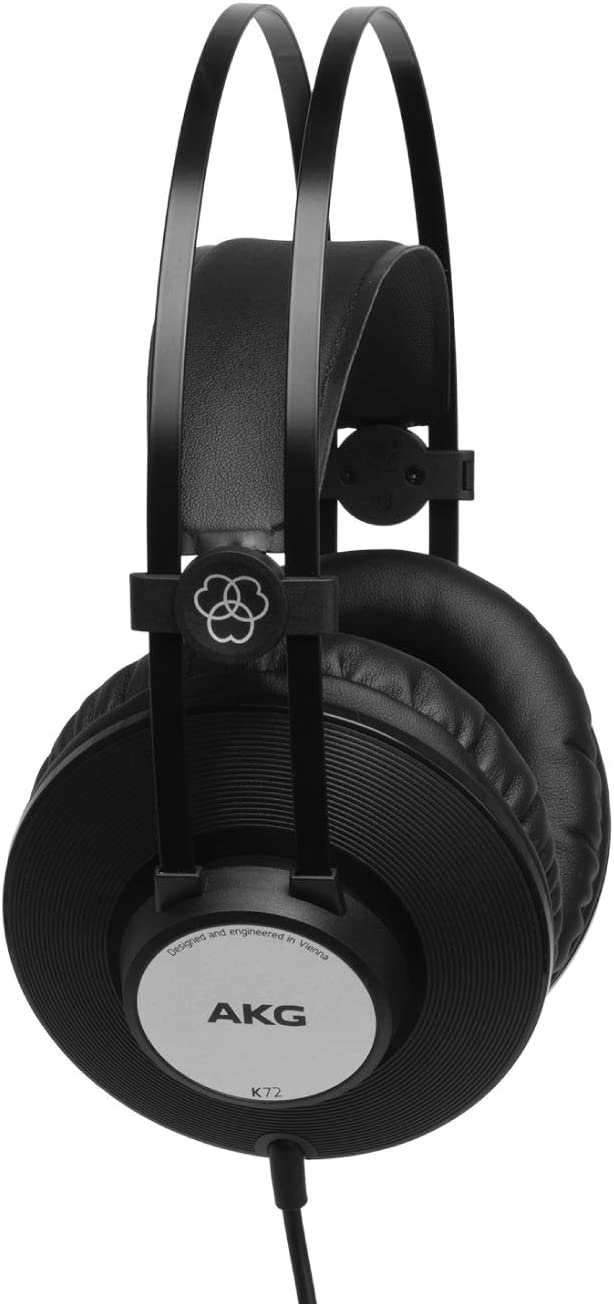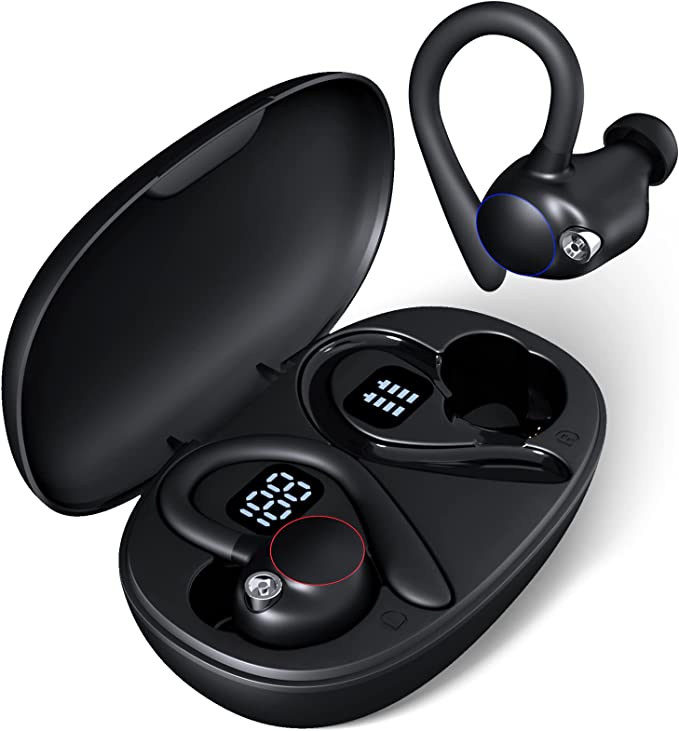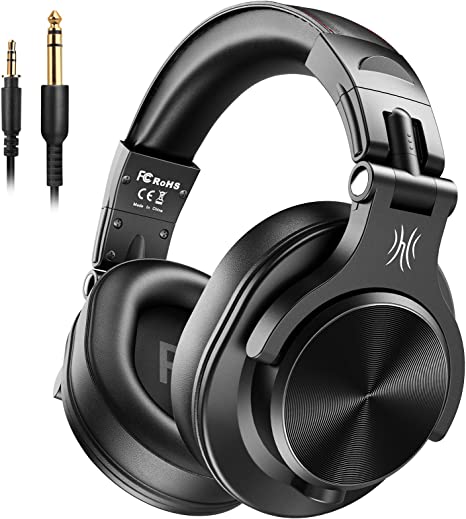Logitech Zone Vibe 125 Wireless Headset: A Superb Wireless Headset for Work and Play
Update on June 29, 2025, 3:09 p.m.
In the modern professional landscape, many of us are involuntary conductors of a chaotic auditory orchestra. A Zoom call plays lead violin in one ear, a Spotify focus playlist hums a cello baseline in the background, and a smartphone notification shrieks like a rogue piccolo. This is the sound of hybrid work: a cacophony of inputs and outputs demanding constant mental triage. The result is a palpable cognitive load, a quiet tax on our focus. What we often seek is not another gadget with more features, but a tool of order—a skilled diplomat for our ears.
As an audio engineer and UX designer, I deconstruct devices to understand their underlying philosophy. With the Logitech Zone Vibe 125, I found not a list of specifications, but a series of deliberate answers to the challenges of this new work-life symphony. It’s a device built on the principle of balance, and exploring its design reveals a masterclass in modern engineering.

The Physics of a Private Concert
A headset’s primary duty is to deliver sound to you, and the quality of that experience begins with physics. The Zone Vibe 125 employs 40 mm speaker drivers, a choice that has significant acoustic implications. In audio engineering, a fundamental principle is that to reproduce low-frequency sound waves effectively, you need to move a substantial amount of air. The larger surface area of a 40mm diaphragm, compared to the smaller drivers in typical earbuds, allows it to do just that. It generates sound pressure with more authority, creating a bass that is full and present without becoming muddy—the difference between feeling the beat and just hearing a thud.
But the design goes beyond the driver itself. The earcups are cushioned with memory foam and wrapped in a soft, knitted fabric. This is a critical user experience decision. Unlike the common choice of polyurethane (PU) leather, which can trap heat and become uncomfortable during long sessions, fabric breathes. It mitigates the gradual buildup of warmth and pressure, a small detail that becomes immensely important on your fourth consecutive hour of wear. This focus on material science acknowledges that a headset is not just an electronic device, but a piece of apparel worn for extended periods.

Carving Your Voice from the Noise
While listening is a private experience, communication is a public act. Here, the Zone Vibe 125 reveals its most impressive engineering: its microphone system. It’s not simply about capturing your voice; it’s about isolating it from the surrounding environment with surgical precision. This is achieved through a two-stage process.
First is Beamforming. Using two strategically placed microphones, the headset employs a principle of wave physics called phase cancellation. The internal processor calculates the tiny delay between a sound reaching each mic. Sounds originating from your mouth arrive at both mics nearly simultaneously and are amplified (constructive interference). Sounds from the side, like a barking dog or a blender, arrive at different times and are digitally subtracted from each other (destructive interference). The result is a sonic spotlight fixed on you, dramatically reducing sideways and background noise for your listener.
Second, the Digital Signal Processor (DSP) acts as a final audio gatekeeper. It runs algorithms specifically trained to identify and suppress the constant, low-frequency hum of things like fans, refrigerators, or air conditioning, further cleaning the signal before it’s transmitted.
Crucially, this is noise-cancellation for your microphone, not Active Noise Cancellation (ANC) for your ears. This is a deliberate design choice. The goal isn’t to create a silent void for you, but to deliver pristine vocal clarity for your audience. This focus on collaborative fidelity is complemented by a brilliant piece of UX: the flip-to-mute microphone. This physical, tactile action—flipping the boom arm up—is unambiguous. It removes the mental friction and split-second panic of hunting for a mute button on a crowded screen, a prime example of design that reduces cognitive load.

The Unseen Handshake: Mastering the Wireless Labyrinth
Perhaps the most common frustration with wireless headsets is the seemingly random degradation of audio quality. You’re listening to music in rich stereo, you join a video call, and suddenly your audio sounds flat and compressed. This is not a defect; it’s a limitation of the Bluetooth standard.
Your headset uses different modes, or “profiles.” For listening to music, it uses the A2DP (Advanced Audio Distribution Profile), which dedicates all its bandwidth to delivering high-quality, one-way stereo audio. But the moment you activate the microphone for a call, it must switch to a two-way communication profile like HFP (Hands-Free Profile). To accommodate both your voice going out and audio coming in, HFP drastically compresses the sound into a lower-quality mono signal.
The Zone Vibe 125 tackles this wireless labyrinth with a clever dual strategy.
1. The USB Receiver: Think of your computer’s native Bluetooth as a congested public highway, shared with your mouse, keyboard, and other devices. The included USB receiver creates a private, high-speed toll road directly to the headset. This pre-paired, dedicated link bypasses the HFP bottleneck, offering a far more stable, low-latency connection that is essential for real-time, professional communication.
2. Multipoint Bluetooth: This technology transforms the headset into an intelligent switchboard operator. It can maintain a connection to two devices simultaneously—for instance, your laptop and your phone. You can be listening to a presentation on your computer, and when your phone rings, the headset seamlessly pauses the computer audio and patches in the call. It elegantly manages your audio sources, so you don’t have to.

The Ergonomics of Endurance
A tool intended for all-day use must feel like an extension of the body, not a burden. At a mere 185 grams, the Zone Vibe 125 is engineered for the marathon, not the sprint. This isn’t just a number; from an ergonomic perspective, minimizing weight on the head and neck is paramount to preventing fatigue and strain over a full workday. The headset’s predominantly plastic construction isn’t a sign of being “cheap”; it’s a necessary and deliberate engineering trade-off to achieve this critical lightness.

This philosophy of mindful design extends to the product’s lifecycle. The use of a minimum of 25% post-consumer recycled plastics and its certification as Carbon Neutral are not just marketing bullet points. They represent a commitment to responsible engineering, acknowledging that a product’s impact begins long before it’s unboxed and continues long after it’s retired.
In conclusion, the Logitech Zone Vibe 125 is a study in deliberate balance. It’s an audio diplomat, skillfully negotiating between the demands of crisp communication and immersive listening, between your laptop and your phone, between all-day comfort and responsible manufacturing. It doesn’t try to be everything to everyone. Instead, it excels at its chosen task: bringing a sense of clarity, control, and quiet competence to the auditory chaos of our modern work lives. Its greatest success lies not in the features it has, but in how they work together to make you forget the technology is even there.
